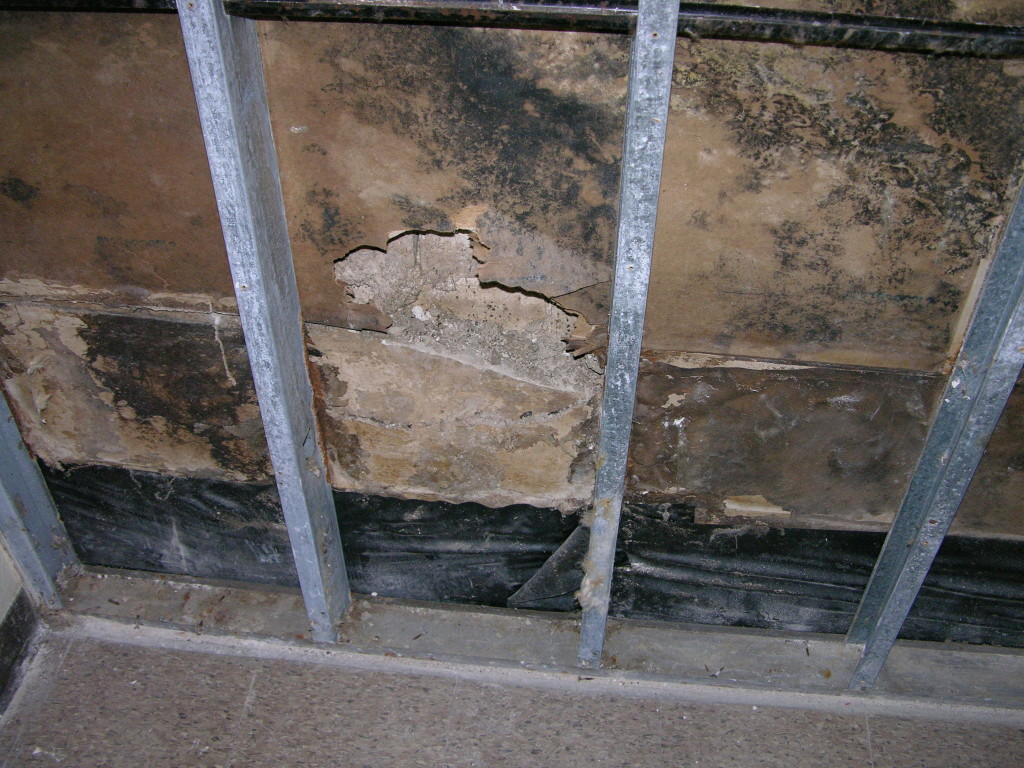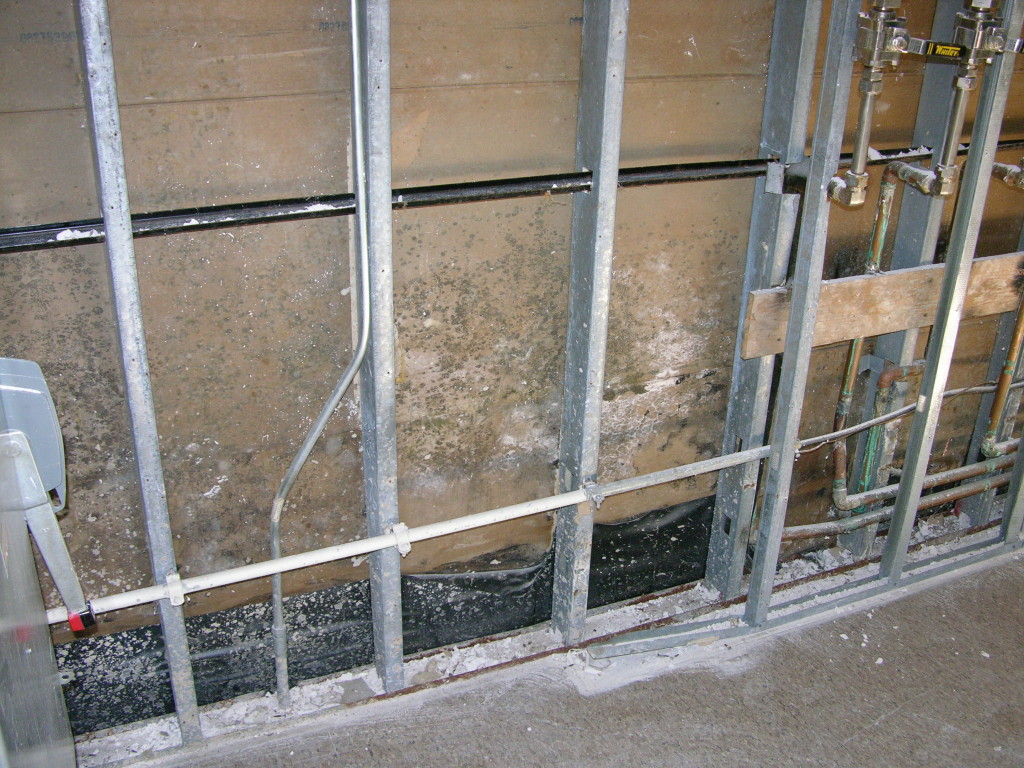How Do You Separate Hurricane Katrina Mold Damage From Prior Mold Damage?
We’ll soon observe 10 years since Hurricane Katrina and Hurricane Rita affected the region. I’ve thought of the storms every once in a while, but even more so as we get close to August. Soon we’ll be inundated with stories retelling what happened in 2005 and in the years since.
After Hurricane Katrina and Hurricane Rita, we worked to help Building Owners and Contractors with environmental problems. Most of our work was mold related, but we did a fair amount of asbestos work as a result of Hurricane Katrina and Hurricane Rita. We worked everywhere from Pascagoula, Mississippi, to southwest Louisiana. We worked in hotels, schools, libraries, airports, casinos, offices – all kinds of buildings.
An interesting twist to some of the work was the fact that we were asked to differentiate between Hurricane Katrina mold damage and water damage and mold that existed prior to the storm. How exactly can you do that? From my perspective, that’s not that important since I want to help the Owner fix the problem, hopefully for good (you can’t design and build for every contingency, but you can hedge your bets). But Building Owners and the insurance people were sure wanting to know what damage Hurricane Katrina caused so they could sort out claims adjustment. And that’s certainly understandable.
Take a look at the pictures below. The wall cavities shown are from a building in Belle Chasse, Louisiana, and there’s no doubting that the wall has experienced water damage. That Hurricane Katrina damaged this building was also apparent due to observations made at the time of the storm. What’s not so obvious is the answer to the question, “What about before Hurricane Katrina?”. At the time of the storm, this building was pretty old, and based on the site conditions and wall construction, it’s apparent that the wall materials very likely endured water damage and mold before 2005. But differentiating between the Hurricane Katrina mold damage and that caused by prior storms is many times impossible.

Not all of this was caused by Hurricane Katrina

see potential problems with this wall?
See any problems with the wall construction? As with any cladding system, the brick veneer allows some water in – but the important question is how the wall system manages the water that does get in. In this case, the wall system was vulnerable from day one. So as much as we’d like to blame Hurricane Katrina for all mold and moisture problems in the area, this building had mold and moisture problems – it just took a storm like Hurricane Katrina to make the problems in this building known. The good news is the remediation went well, and as far as we know, the Owner had a happy ending in the long run. As many of you know, not all Hurricane Katrina remediation stories had a happy ending.
Remember, we’re about to enter the time of year where we’re most likely to experience tropical storms and hurricanes. You may get sick of all the reminders, and I hope the reminders end up being just talk. All the same, I hope you prepare for the coming storm season (and I hope we avoid damaging storms).
Until the next episode:

Wynn’s a good guy to have around if you like corny jokes and want to solve mold problems
What are your Hurricane Katrina and Hurricane Rita stories? Please send me your comments, and I’ll include your responses in a future post. And if I can help with anything, give me a call (225-761-9141 extension 22) or send me an email at cwhite@wynnwhite.com.
Stay dry, and stay safe, my friends.
Chris



